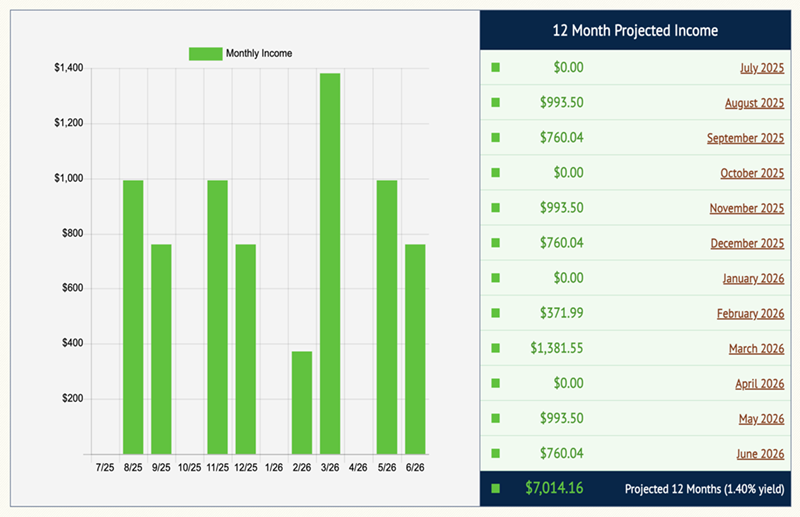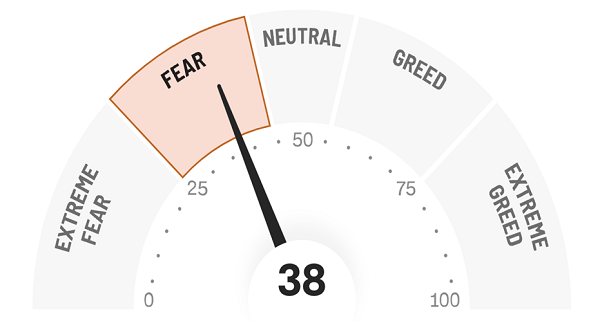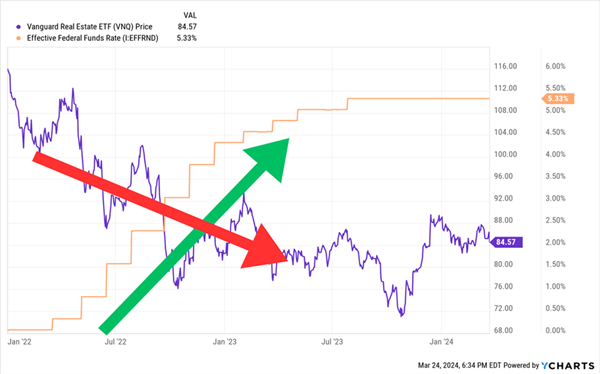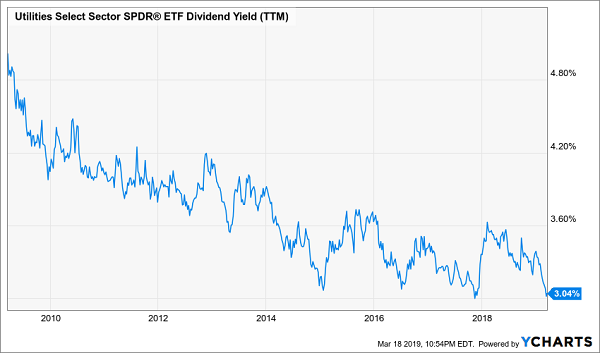Quarterly payers are the norm. But monthly dividends…. Yeah, that’s that stuff.
Today we’ll chat about five monthly divvies that yield between 5.8% and 16.3% per year. That’s right, these stocks pay early, often and heavy.
What’s wrong with a plain ‘ol quarterly dividend? Let’s consider using my Income Calendar dividend projection tool. If we put $100K into each of the top five stocks in the Dow Jones Industrial Average, here is the lumpy, inconsistent and sad income picture we are looking at:
Dividends From Top 5 Dow Stocks
Source: Income Calendar
Lumpy and, let’s be honest—lame.
Instead let’s consider our five monthly payers.… Read more





Recent Comments